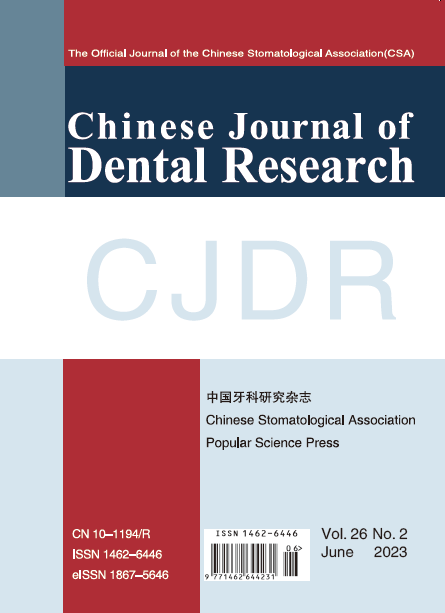|
The dentine sialophosphoprotein (DSPP) gene is the only identified causative gene for dentinogenesis imperfecta type 2 (DGI-II), dentinogenesis imperfecta type 3 (DGI-III) and dentine dysplasia type 2 (DD-II). These three disorders may have similar molecular mechanisms involved in bridging the DSPP mutations and the resulting abnormal dentine mineralisation. The DSPP encoding proteins DSP (dentine sialoprotein) and DPP (dentine phosphoprotein) are positive regulators of dentine formation and perform a function during dentinogenesis. The present review focused on the recent findings and viewpoints regarding the relationship between DSPP and dentinogenesis as well as mineralisation from multiple perspectives, involving studies relating to spatial structure and tissue localisation of DSPP, DSP and DPP, the biochemical characteristics and biological function of these molecules, and the causative role of the proteins in phenotypes of the knockout mouse model and in hereditary dentine defects. Key words: dentine mineralisation, dentine sialophosphoprotein, hereditary dentine defects, mutation (editor:CJDR) |
- Chin J Dent Res
CN 10-1194/R . ISSN 1462-6446 . eISSN 1867-5646 . Quarterly 



